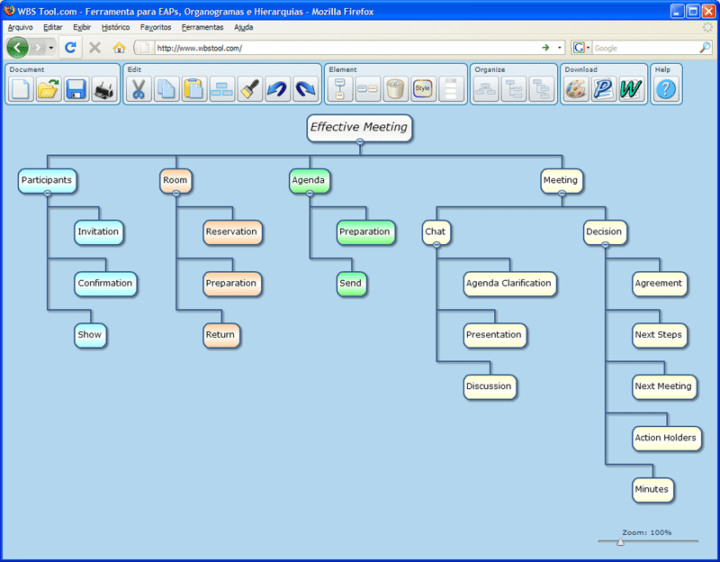
Caption text: Highlights the essence of a chart or map. Make sure to derive other text element sizes from the body text size.Ĥ. Body text: Usually the most-read text element on the page. Subtitle: Used as a secondary heading to name sub-sections in your project.ģ. Title: Used as a primary heading to name the project.Ģ.

These are the available text element options:ġ. Choose a text element, then drag and drop it onto the canvas. From the project editor, click on the Add text button on the left-side toolbar.Ģ.

This will allow your audience to navigate and understand your ideas more effectively.ġ. Give your projects a sense of structure by using text elements with predefined styles and a typographic hierarchy. To change the colors used in the chart's legend and axis, expand the Fonts tab in the right sidebar. This is a feature available to our Enterprise customers. This way, your content becomes easily scalable and reusable. Pro tip: To avoid having to change chart colors each time to your company’s brand colors, we can develop a custom project theme for your company with your corporate colors, fonts, logos, icons, etc. We even offer a colorblind-friendly theme! Note: Switching to a different project theme in the right sidebar will switch all colors for all charts/objects in your project and provide a list of template-matching colors to choose from. Click on the color boxes to choose the color by using the color picker or entering a hex code. Disable the Use one color option to choose a color for each variable.

Click to select your chart, then expand the Color drop- down in the right sidebar.Ģ. A good rule of thumb is the 60-30-10 principle: Use a primary color that dominates 60% of your project area, a secondary color that takes up 3 0% of the project to visualize important data, and a third accent color that draws particular attention to 10% of your data.ġ. When it comes to using colors in charts, try to keep it simple.


 0 kommentar(er)
0 kommentar(er)
